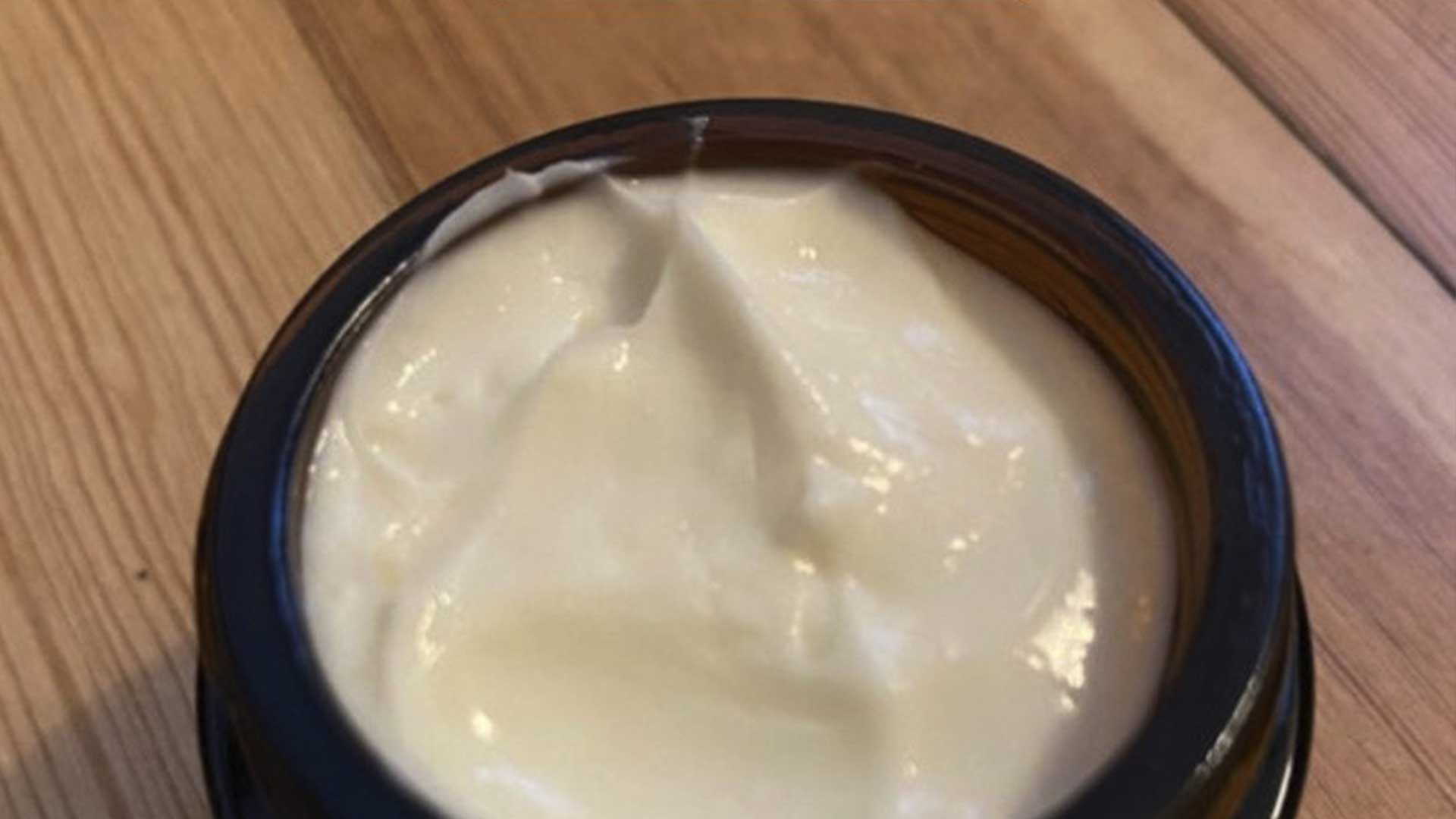Hydrous vs. Anhydrous
In the aromatherapy world (and science in general) an ingredient that is hydrous is one with water (water, aloe, hydrosols, lotions) and an anhydrous ingredient is without (nut butters, plant carrier oils, ethanol alcohols, beeswax). Water is so important to life, especially when consumed internally, however it is detrimental to shelf life. When water is present you have to add preservatives to combat the bacteria, mold and yeast that will inevitably grow on your products. Yuk.
Hydrous
The lotion I sell is in small containers so it is used up generally before this action can take hold. However by adding some vitamin e or rosemary oil you may be able to keep this at bay. The addition of preservatives, even natural ones, takes a chemical clinical aromatherapy course to master. Someone on YouTube telling you to add a tablespoon is not the answer. Take aloe vera gel for instance. It is generally sold with its own preservative factored in but once the PH is thrown off at all by let’s say adding essential oils that preservative is no longer valid. You have to calculate the ingredients to water ratio and add preservatives accordingly. Therefore I mostly stick with anhydrous products.
Anhydrous
Hydrous blends are great for oils that you want to dissolve quickly or penetrate immediately. Air freshener or airborne germ killers are great with water and alcohol. Surface cleaners are great with water, alcohol or just vinegar. But let’s say you have a painful deep tissue inflammatory response in your muscle, you’d want a slow penetrating thick body butter that will take sometimes an hour to completely sink into the skin. This will allow all the ingredients to penetrate without losing some to the air and they will penetrate slowly almost giving you a Rx delayed release effect with your pain blend. Butters are obvious choices for severely dry skin as well and overnight eye creams.



